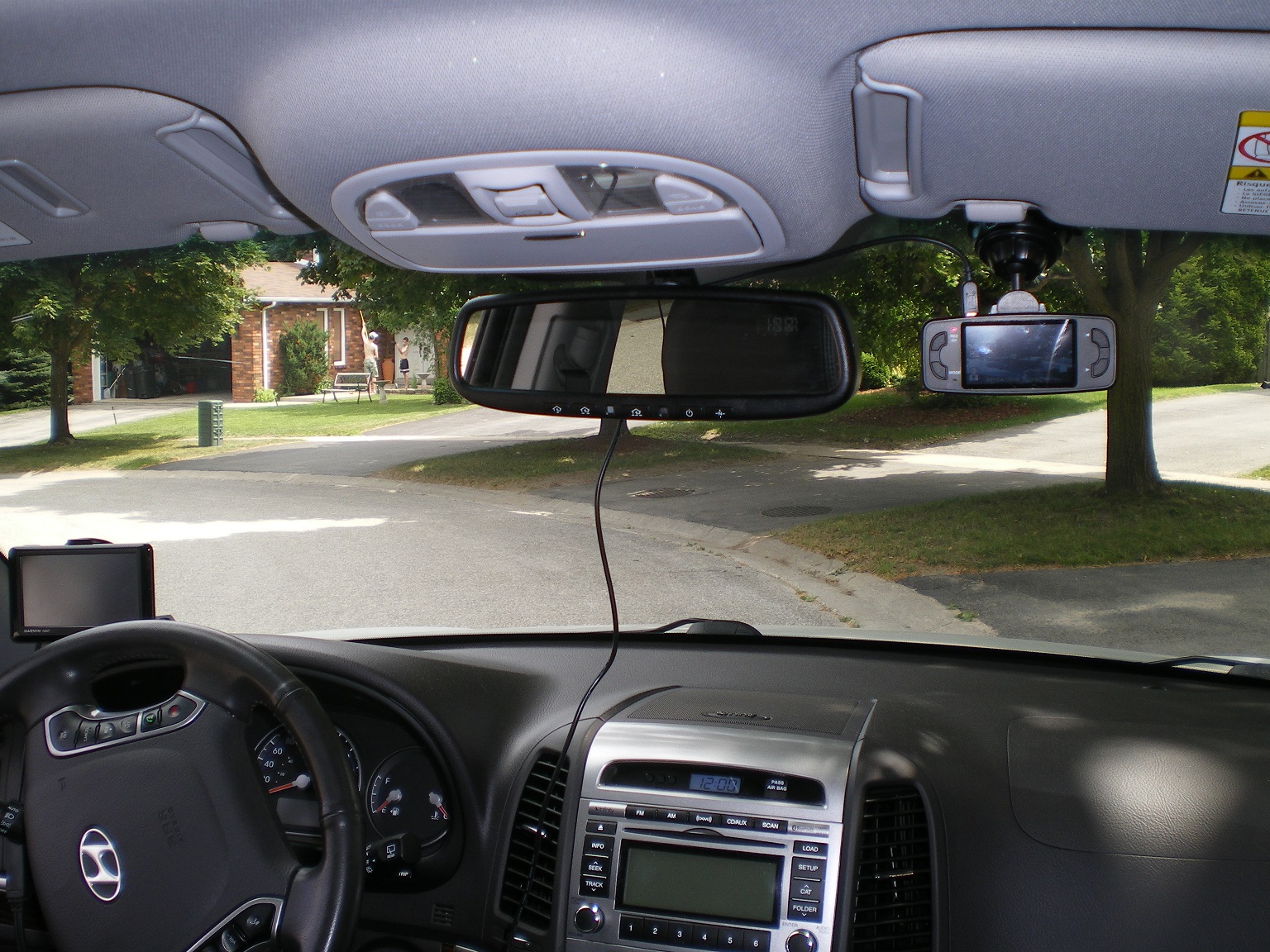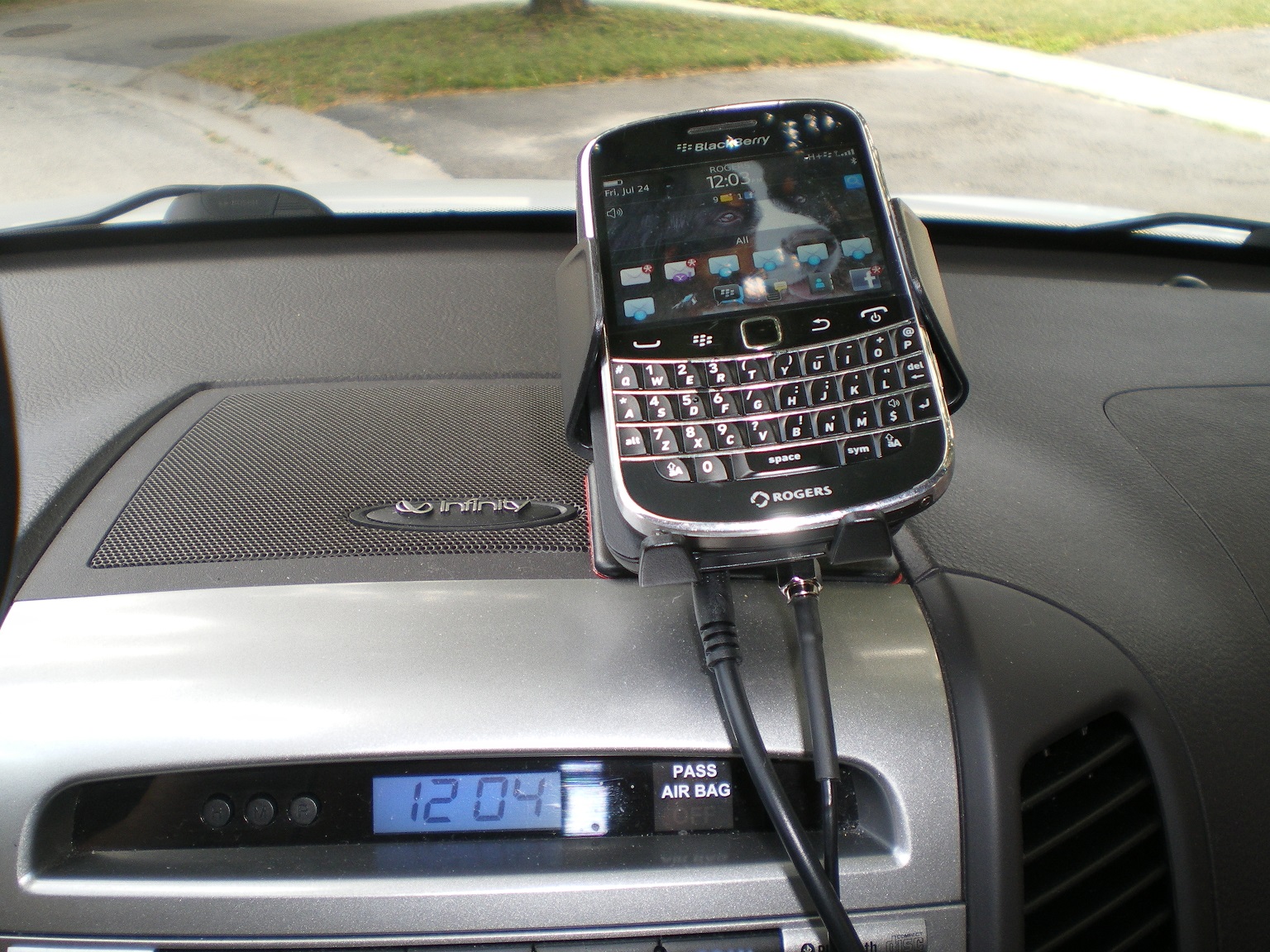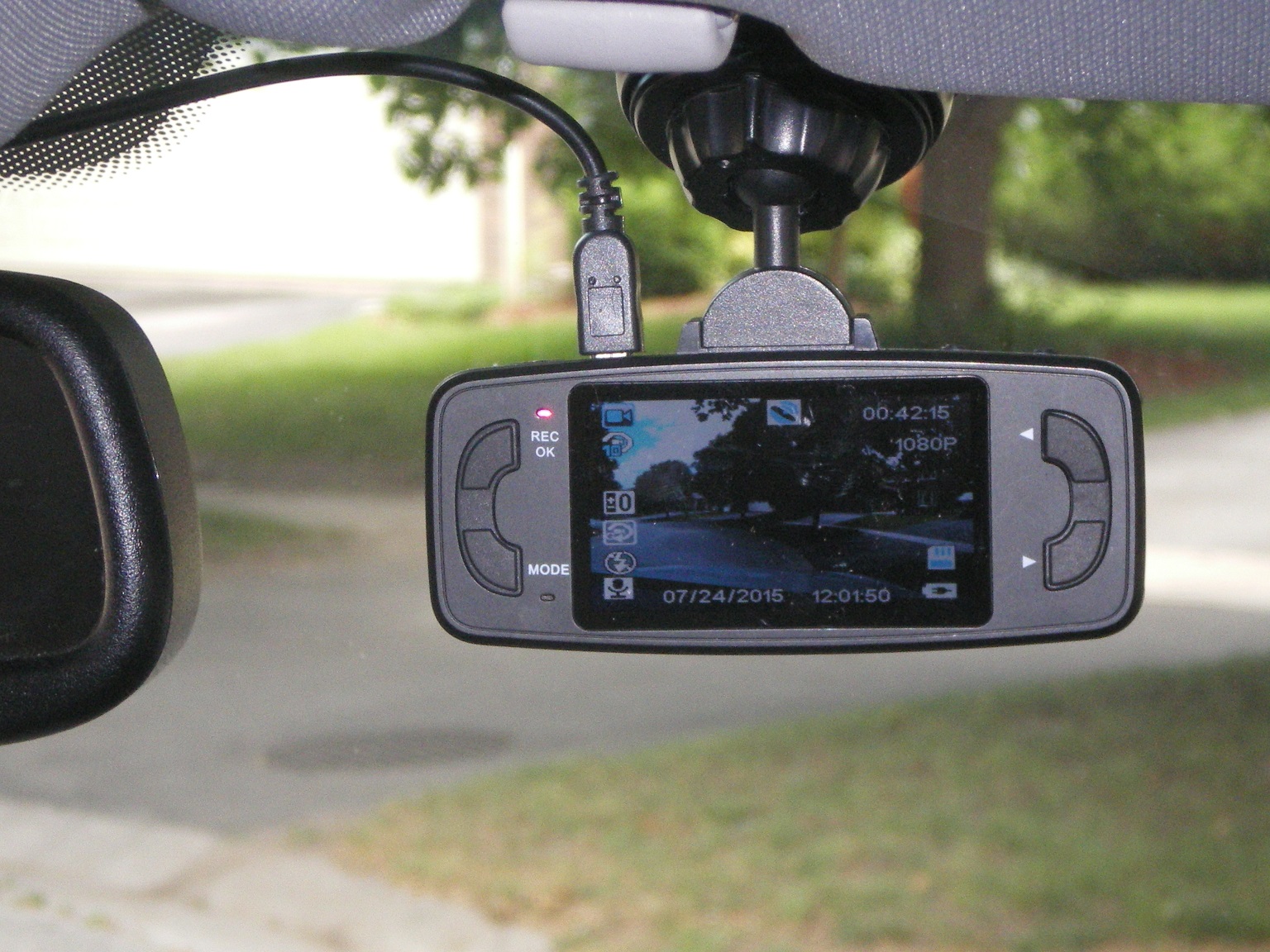Necessary devices for a road warrior and their family
- Written by David Taylor
- Published in News
- font size decrease font size increase font size
- Be the first to comment!
Getting ready for a road trip when younger and single took little thought. An overnight bag with a change of underwear, a toothbrush and cash for refreshments and food. Maybe.
As relationships blossomed, so too did the packing for a weekend away. There were always, two different bags. Your significant other would pack a couple of changes of clothing for daylight hours and an alternate outfit for the evening – even if camping! Guys, not much more than when they were carefree bachelors.
Fast forward a few years. It seems as if a veritable check list is required. And if a bigger bag is needed, so be it.
For me and my wife, when we travel together and especially if we travel with our Bernese Mountain Dog, Hugo, packing takes a little longer. Why? The dog has his own bag. Towels, treats, food, bowls, spare collar, couple of leashes, a toy or two and who knows what else.
“My” bag will now contain a couple of changes of clothing, extra underwear and even a razor – as well as some additional hardware that our parents would never have even dreamed of.
Over the past few weeks, we have made a series of road trips. A couple were for the day – in the picturesque hills of Caledon and the defining Muskoka region with slabs of granite and twisted pine trees – and a seemingly endless inventory of chip trucks. The one weekend trip was back to our old stomping ground in the Kawarthas. As was to be expected, we brought along way too much – including some additional toys and gadgets which many now consider to be a necessity if we travel anywhere that does not involve tokens or transfers. That includes those day trips, too.
A few short years ago, some people had mobile phones – before the apparent ubiquity of today’s proliferation of smart phones. Making calls and sending texts was, relatively speaking, expensive so few were completely “dialed in” – or to be more accurate – plugged in.
Today, we seem to think that our very lives as we know them are defined by the gadgets we tell ourselves we need, we must have – could not possibly do without.
Smart phone? Check. MP3 player of some description (if not using our smart phone)? Check. Tablet of some description? Check. Laptop? Hmm…maybe not so much these days.
Naturally, the more people in your crew or entourage, the number of lithium-ion battery-driven devices increases exponentially.
For the record, Hugo has no such devices – nor does he have a page on Facebook to update.

We deliberately chose the areas we intended travelling for our road trips – a little off the beaten path and in areas where we could practically guarantee that multiple bar reception on mobile devices was almost certain to be unavailable.
Rather than taking the “press car de semaine” we elected to use our own chariot, a 2010 Hyundai Santa Fe Limited – after all, Hugo was to be a passenger and while an excellent traveller, I had no personal desire – or appetite – to detail any loaner vehicle afterwards.
The Santa Fe was, indeed an excellent choice since there are four different outlets for devices – not including USB ports. This would be a useful feature since we pre-determined that any charging would occur while in the SUV rather than at our ultimate destination(s).
To assist us in our endeavour, Canadian Tire made arrangements to provide us with some tools specifically designed for any potential challenges that may present themselves to travellers who insist on remaining connected and in control at all times – regardless of where they are – or even, in some cases, what they may be doing.
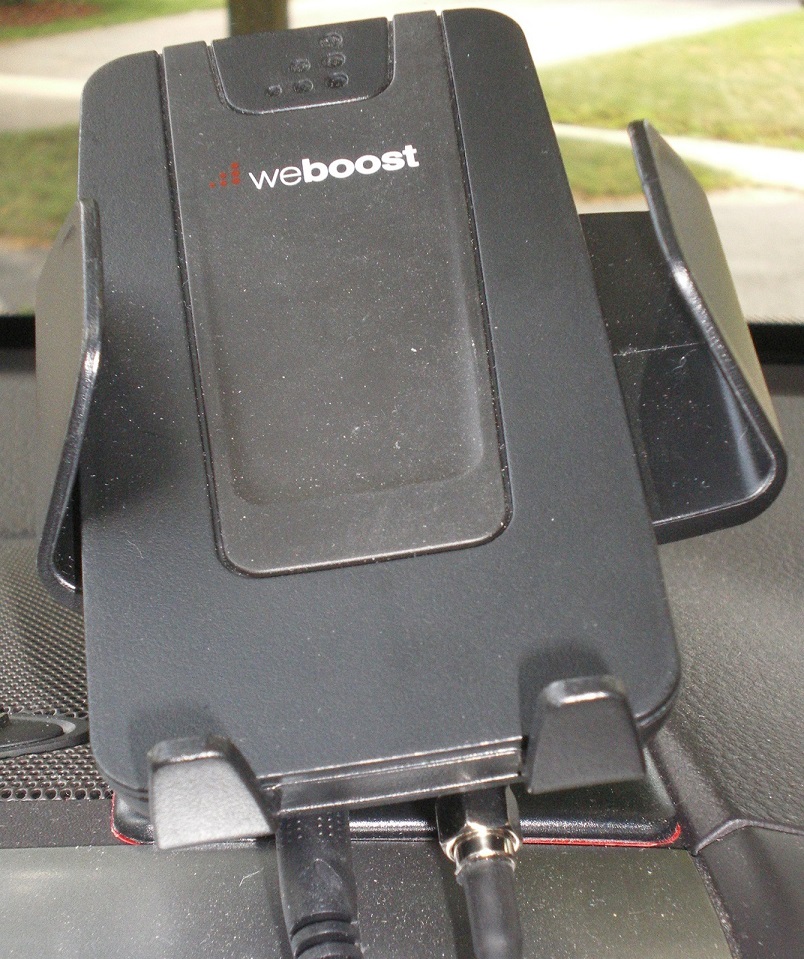
The first “appliance” we brought along was a device known as the weBoost Drive 4G-S. Long story short, this is purported to amplify voice and data on a cradled smart phone – including 4G LTE. In fact, the manufacturer claims that with this booster, you will receive reliable cell signal, more consistent data speeds and effortless communication on the road. Drive 4G-S gives you a stronger cell signal wherever you go, whether you’re streaming music, using a GPS app or making a call. This is the only 4G-compatible, five-band signal booster with a cradle design. It’s important to remember that this unit is NOT recharging your mobile device when it is active in the cradle. While this particular model “amplifies” the signal of the active phone, it’s intended to boost any and all available cell phone signals just about anywhere on the North American continent. And yes, it is compatible with all the major carriers in the United States and Canada. At present, weBoost does not make a similar product for use in Europe so future planned testing in the United Kingdom is now off the table. It boosts the most important frequencies at a fraction of the cost, which is great if you don't mind keeping your phone in a cradle – of course, if you are taking advantage of the Bluetooth feature in your vehicle, is of no consequence. After all, safety first.
For the record, this was very easy to set up – you only have to “install” a four-inch magnetic antenna, which connects to the cradle with a 10-foot coax cable. While initially a little skeptical, the unit did everything advertised. It was especially important on the weekend trip to the Kawarthas – wide open spaces, rolling hills and no proliferation of cell towers. We were anticipating a couple of important calls and a time-sensitive confirming text; the Drive 4G-S did not disappoint. It is also possible to buy an add-on so you may use the exact same system at home. How many dead zones do you have in your house or apartment?
The downside (for me, at least), after a three hour drive, the cradle itself did seem a little on the warm side. This did not, however, appear to have any adverse effect on the unit itself.
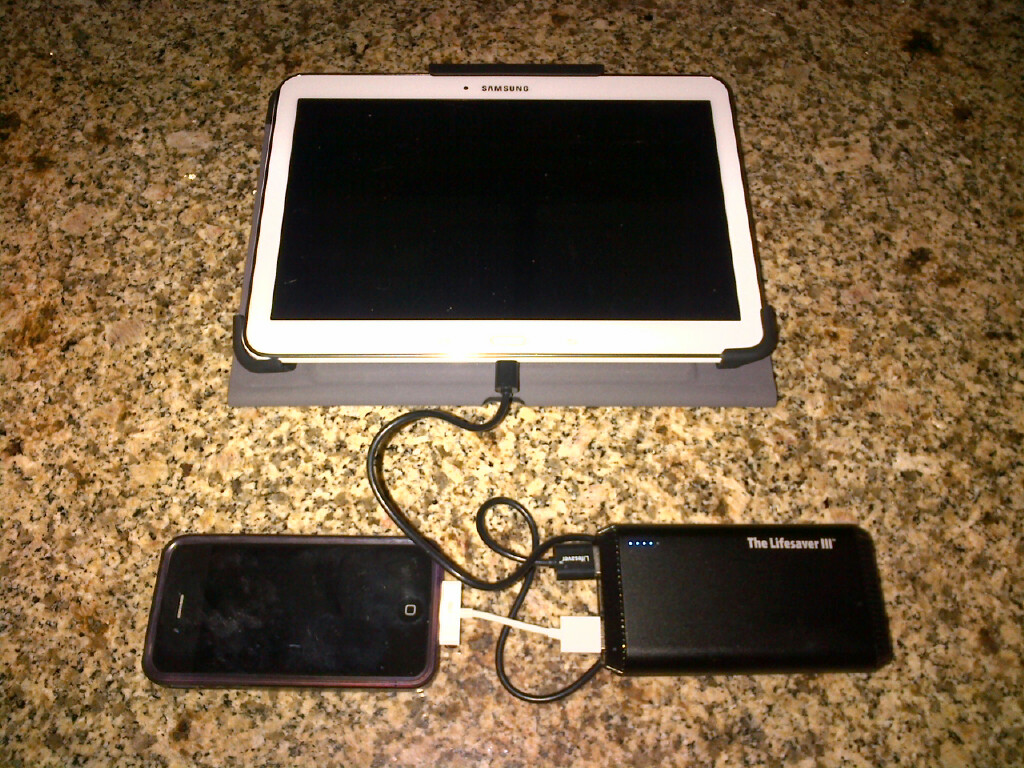
The next “toy” was The Lifesaver III 9000mAh portable power pack. This was something which has seen a great deal of use. An interesting feature of this device is the fact that you have the ability to charge two devices simultaneously via a USB connection. From a full charge, it is possible to charge a power-depleted smart phone in about one hour. On that same drive to the Kawarthas, we fully-charged one BlackBerry and an iPhone – then, recharged the power pack itself from one of the Santa Fe’s conveniently located USB ports. Over the course of the weekend, this device was able to keep us charged and in the loop ready for anything social media, email or the internet, generally, cared to throw at us. On the final evening, we charged a tablet and a smart phone together – and then recharged the power pack on the drive home.
Finally, we were able to “play” what I considered a true “toy” – a dash cam! We had no intent to use it as an example of Russian driving skills, but more as a, dare I say, social experiment. While there are few who have either never heard of dash cams or witnessed any of the recorded “incidents” readily available on YouTube, there really is not the proliferation of these devices you might expect.
In the former Soviet Union and Eastern Bloc countries, they are pretty much considered an essential component to driving – especially if involved in a crash of some description and assuming you are the plaintiff, there is then tangible video evidence available. The device tested was fairly new to the market – a Uniden CAM650. Set up was very straightforward – pretty much plug and play.
This is a compact, affordable full HD 1920x1080 at 30fps, with a 2.7-inch full colour LCD screen that shows you a 170° view angle via a 4X digital zoom lens. Furthermore there is convenient GPS built-in and a handy loop recording available feature in various timed increments. An interesting element and one which requires simple activation, is an attribute called “G-sensor with collision detection mode”. Should you park your car in a lot, leave it to take care of business and someone inadvertently backs into your stationary car, the system activates itself and will record the event – as it happens. The device is relatively sensitive and in testing on various vehicles, found that generally, sedans (shorter windshield, perhaps) picked up quickest on the “surprise” movement – vibrations “travelling” a shorter distance?
There is, however, a feature you might decide to deactivate; the built-in microphone. Initially, you are aware of it and tend to over compensate. However, after some time, the novelty and newness is cast aside and every noise, tune and conversation is recorded. On a longer road trip, there can be occasions when tempers might begin to fray as patience slowly dissipates and civility goes out the window!
So are these devise necessary – or are they just additional toys – must have now items that may soon be relegated to a shoe box or a glove compartment?
As with most things, it comes to down to personal preference.
I use the Lifesaver III portable power pack daily; while I do have a couple of other devices with charging functionality, this one, to date, offers the most versatility – in a relatively non-intrusive manner.
The Uniden CAM650 dash cam I have set up in several cars since it was delivered. Once installed – which literally takes a couple of minutes – you set it and forget it. It will initiate when the vehicle’s ignition is engaged and when you turn the engine off, so too does the camera. Nothing (yet) of any note has happened directly in front of this camera. But when it does, I’ll be ready.
As for the Drive 4G-S booster, it too has been in many cars these last few weeks. Every Monday morning, after picking up a freshly-detailed vehicle from a manufacturer or their agent, I drive around 100 kilometres or so to home base. Depending on the route taken will dictate the effectiveness of the unit. Again, when it’s there, you almost forget about it and for my part, not counting one occasion, I know that I will not be the guilty party whose mobile drops a call at an inopportune moment.
That one time? I forgot to recharge my phone before putting it in the cradle…

